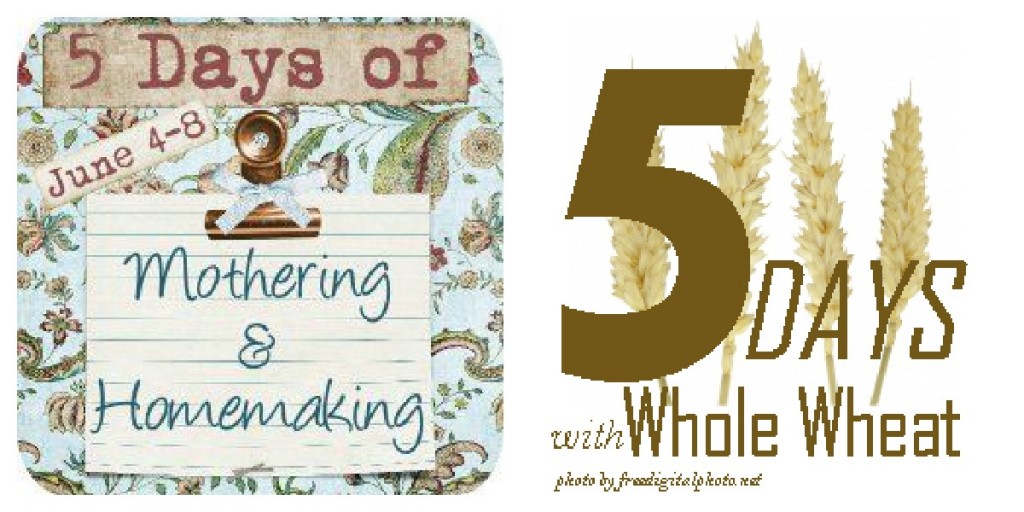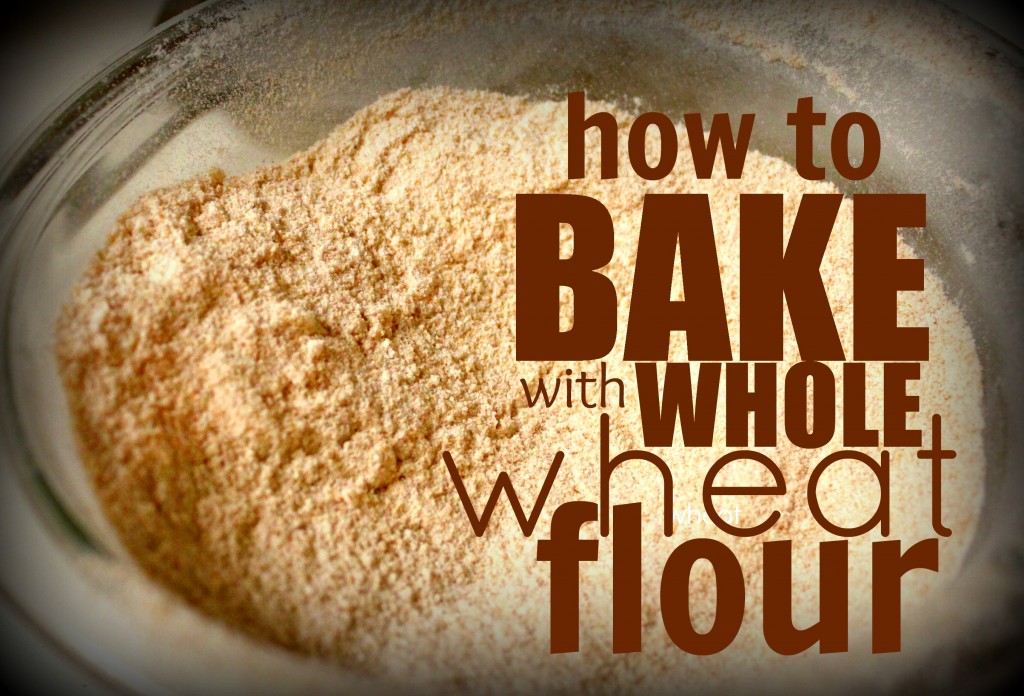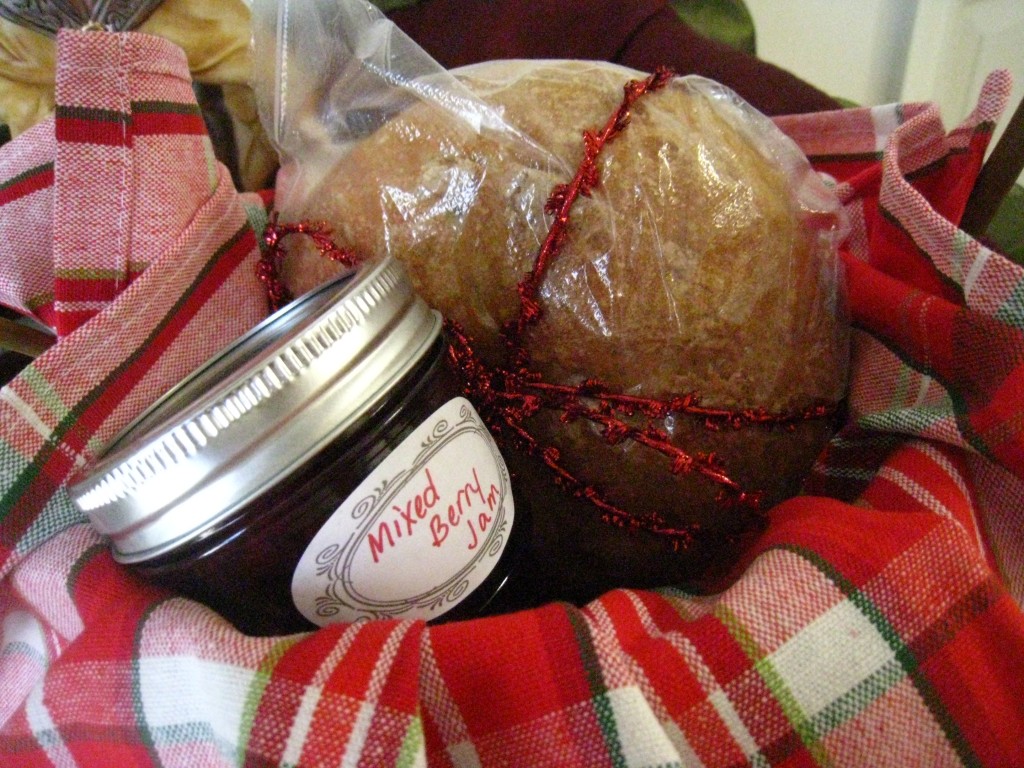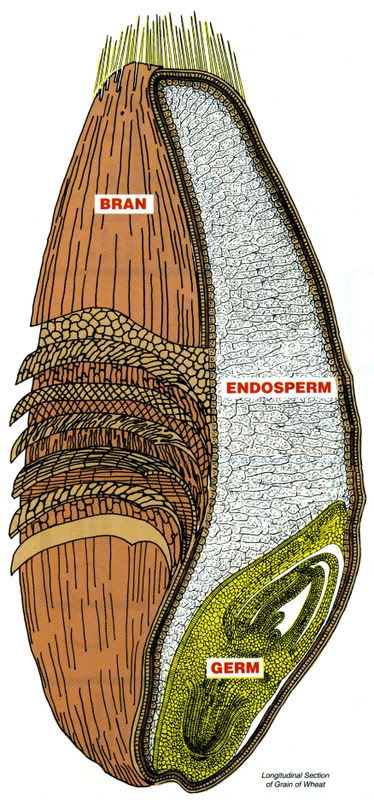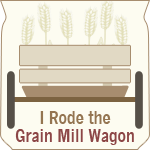Join my friends and I as we spend 5 days together, exploring a variety of topics all related to mothering and homemaking!
Welcome back to 5 Days with Whole Wheat Flour! If you’ve missed any of the posts in the series, here they are:
- different types of wheat available,
- why you should choose whole wheat
- benefits of grinding your own wheat
- tips for baking with whole wheat flour
I’m going to close out the series by leaving you with a list of tried-and-true recipes that utilize whole wheat flour. Some of them consist entirely of 100% whole wheat, some only partial. Some are from my blog, many are from blogs I read and love. But they all have one thing in common: they are tested recipes that work. Most of them I have made myself on more than one occasion; the others come from trusted sources that have found them to be reliable. Keep this list handy, because you will need it!
At the end of the post, I’ve included a link-up so you can add your own favorite whole wheat recipes! Add as many as you like, just make sure they’re recipes you can recommend to anyone. And share with your friends - the more recipes we have, the more comprehensive the resource.
Breads
Mashed Potato Crescent Rolls - This is a family favorite recipe that I adapted for the bread machine.
Honey Whole Wheat English Muffins - This one also utilizes the bread machine.
Artisan Bread in 5 Minutes a Day (one of my variations) - I make the master recipe differently almost every time. This is a very successful version.
Flatbread Sandwich Thins - A creative twist on the artisan bread in 5 minutes a day recipe.
Anyone Can Make it Homemade Bread - Make it with half whole wheat flour for a delicious and healthy homemade bread!
Whole Wheat Sourdough Starter - As soon as I get my nerve up, I’m going to attempt this.
Quick Breads
Ugly Savory Pumpkin Muffins - You’ve had pumpkin muffins before, I’m sure. But have you had savory pumpkin muffins?
Better than Red Lobster Garlic Cheese Biscuits - I admit I love those biscuits at Red Lobster. These take care of the craving and are a lot healthier!
Pumpkin Bread - I’m ready for pumpkin season now; are you?
Whole Wheat Sourdough Biscuits - Recipes like these make me want to give sourdough another go.
Very-Little-Bother Bread - My friend Steph’s favorite bread recipe
Great Harvest Honey Whole Wheat Bread Copycat - This one is on my list to try. I love Great Harvest!
Breakfast
Individual Oven Pancakes - I had to play around with it a little bit to get this just right when using whole wheat flour.
Grandma’s Biscuits with an Autumn Twist - The twist? Pumpkin!
Pumpkin Donut Holes - These are awesome. We gobble them up around here.
Healthier Blueberry Muffins - Every cook needs a blueberry muffin recipe in their repertoire.
Whole Wheat Waffles - Yes, even waffles can be healthy! Er.
Dessert
1-2-3 Fruit Crisp - Fruit crisp is the perfect vehicle for whole grains!
Sugar and Spice Cupcakes - Based on the wacky cake recipe, these are flavored with spices like ginger, cloves, and cardamom. This is awesomeness.
Gingersnaps - Whole wheat flour in the yummiest little package ever!
Oatmeal Jumbles - Cookies, actually.
Pumpkin Chocolate Chip Blondies - You haven’t really lived until you’ve eaten a few of these.
Ginger Peach Shortcakes - You’re going to want to keep this one handy. Peach season is coming soon!
Strawberry Summer Cake - Make it before strawberry season is over!
Main Dish
Cream of Chicken Soup - Yes, you can use whole wheat flour as a thickener!
Creamy Chicken and Rice Soup - I’ve made this one, and it’s delicious.
Savory Oven Pancake - The Dutch Pancake gone savory.
Slow Cooker Chicken & Whole Wheat Garlic Dumplings - I shouldn’t type such things when I’m hungry.
Perfectly Frugal Pizza Crust - Everybody needs a good pizza crust recipe.
The Entire SeriesDay 1: What’s With All The Different Kinds of Wheat?Day 2: Why Whole Wheat?Day 3: Getting the Most Out of Your Wheat (Grind it Fresh)Day 4: How to Bake with Whole Wheat FlourDay 5: Tried and Tested Whole Wheat Recipes
What’s your favorite whole wheat recipe?
Sharing at Katherine Martinelli
